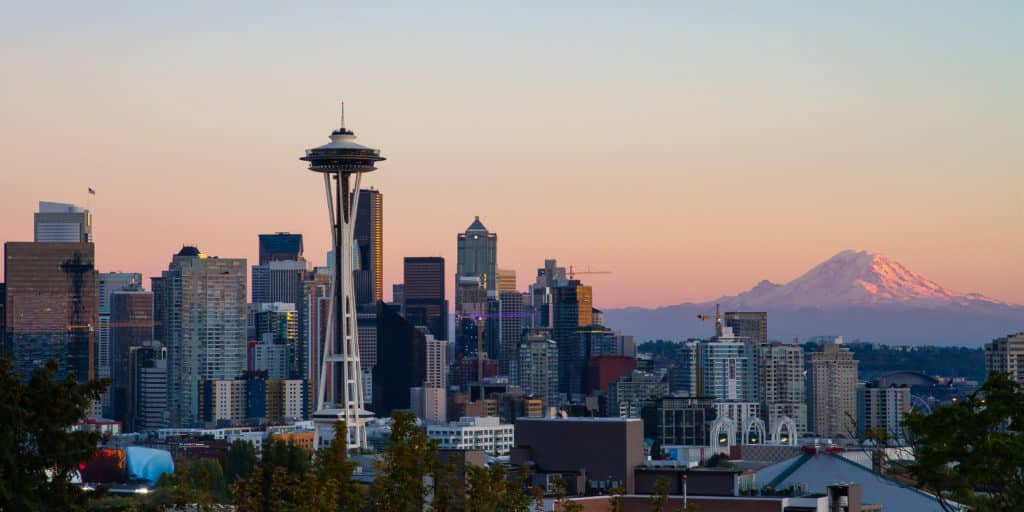Designing a local remediation ordinance: Lesson from Cleveland, OH; Syracuse, NY; and Toledo, OH
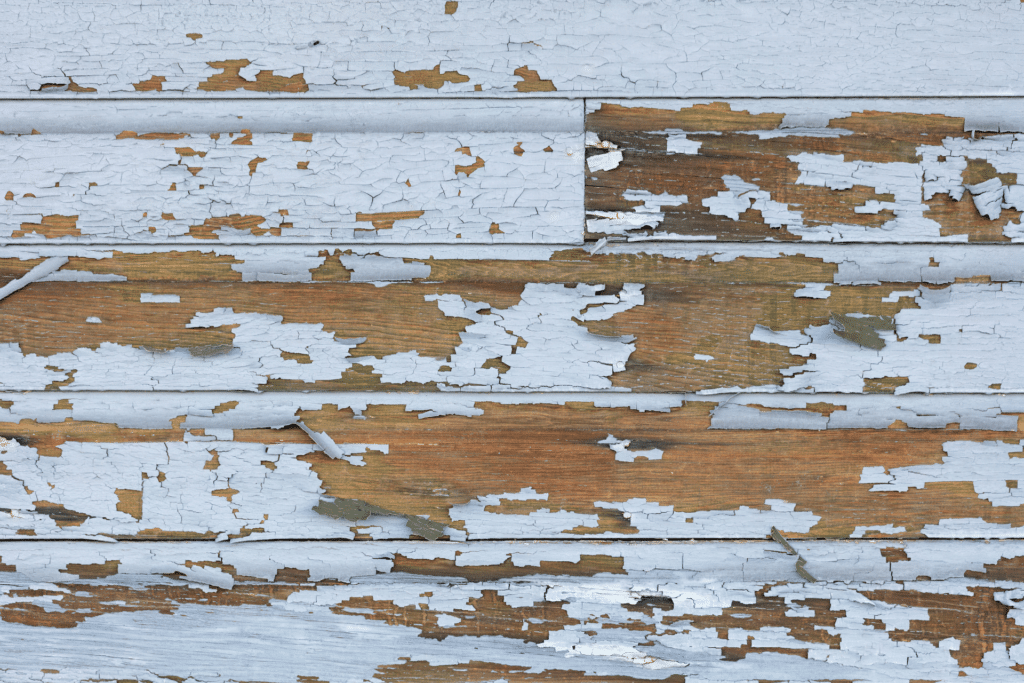
Lessons learned from a Community Benefits Agreement in Cincinnati, Ohio
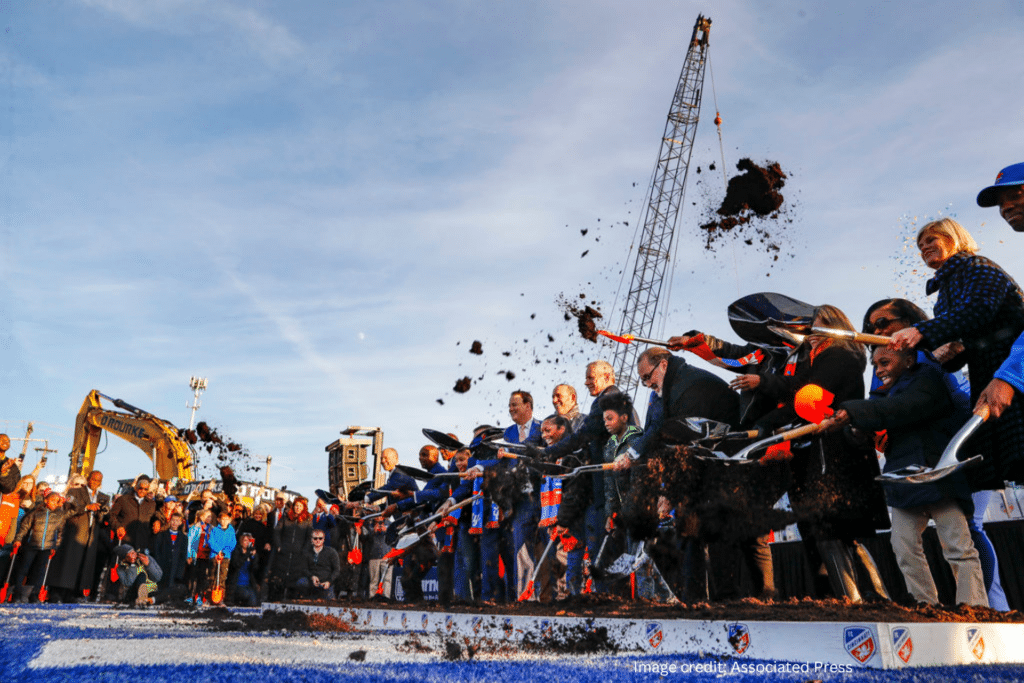
Preserving legacy homeownership for seniors: Lessons from Baltimore’s HUBS Program
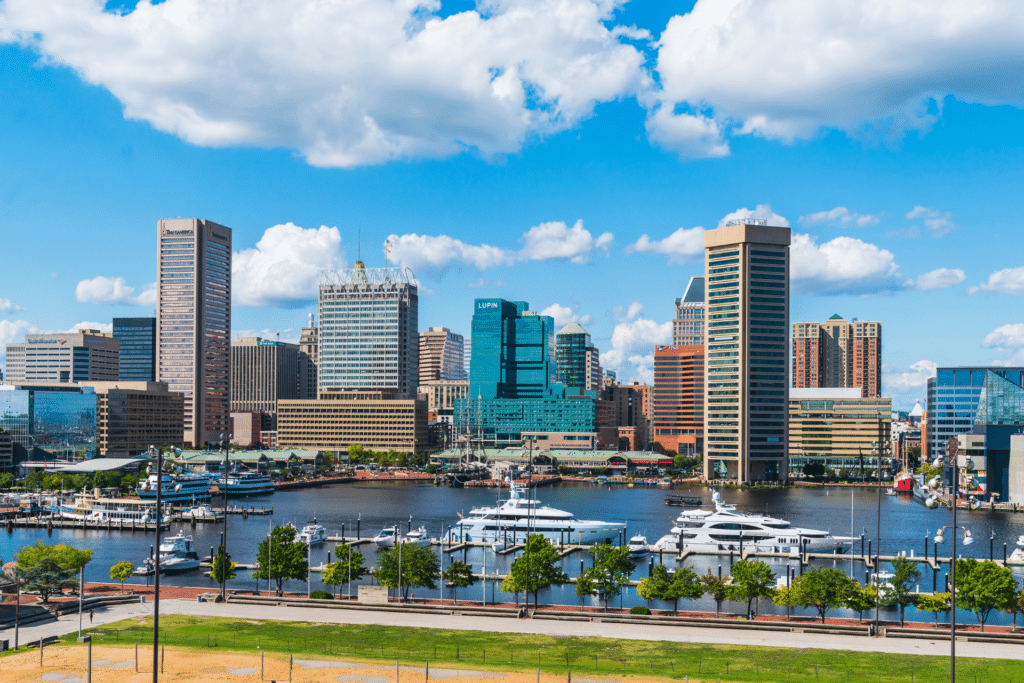
Preserving naturally occurring affordable housing (NOAH) in Brooklyn Park, MN
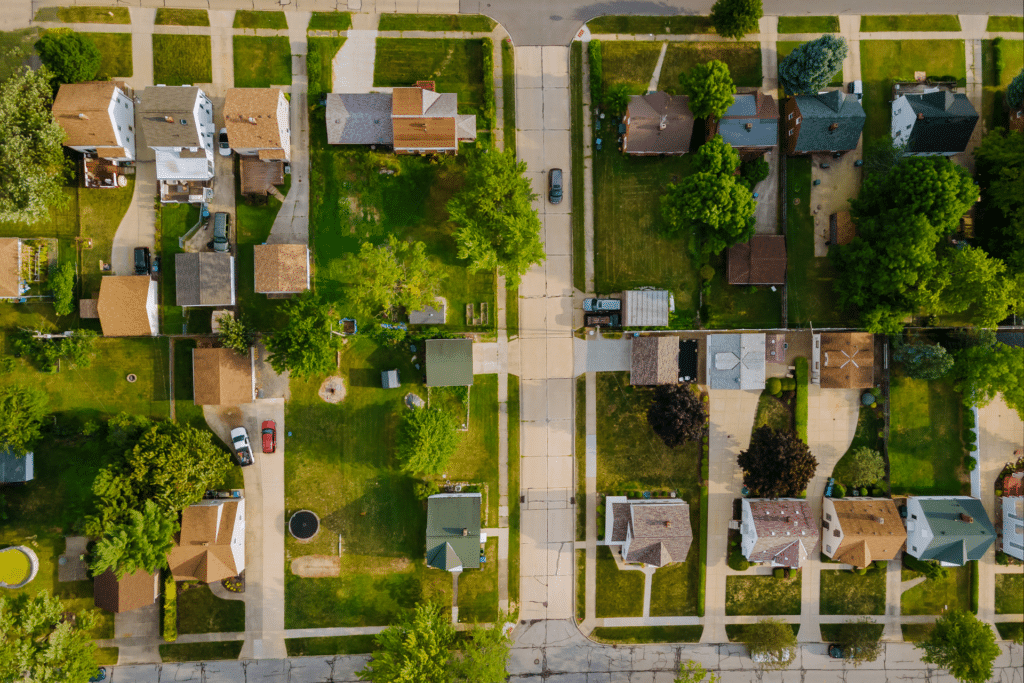
Seattle “Grand Bargain”
